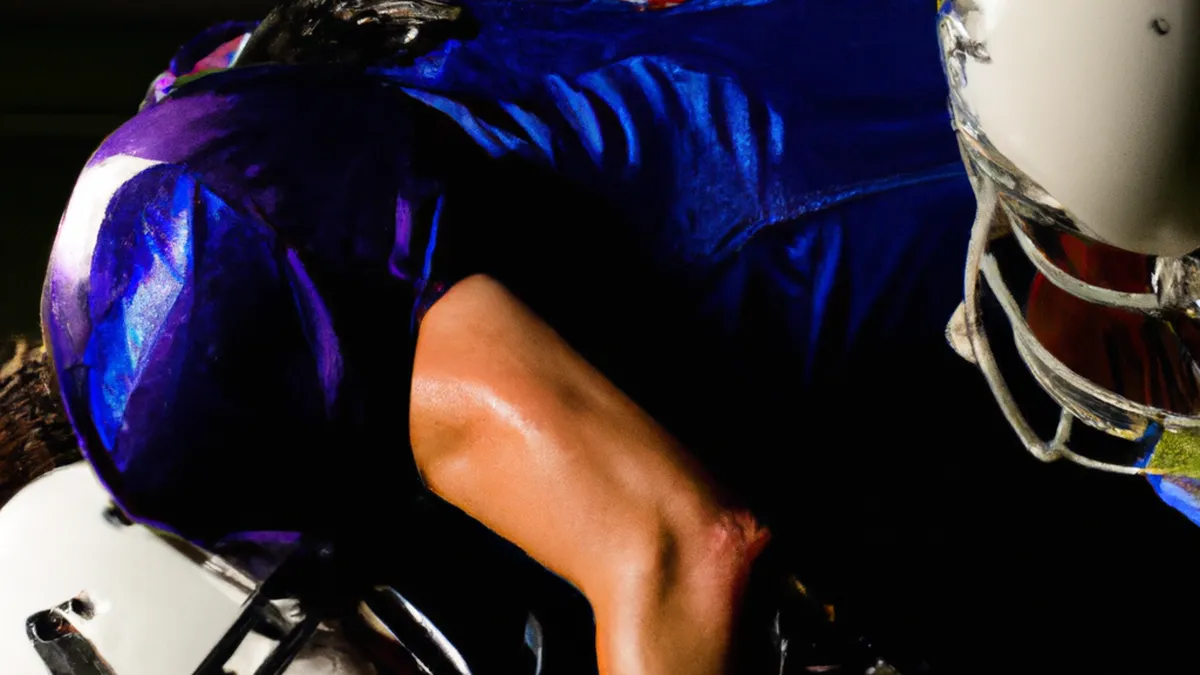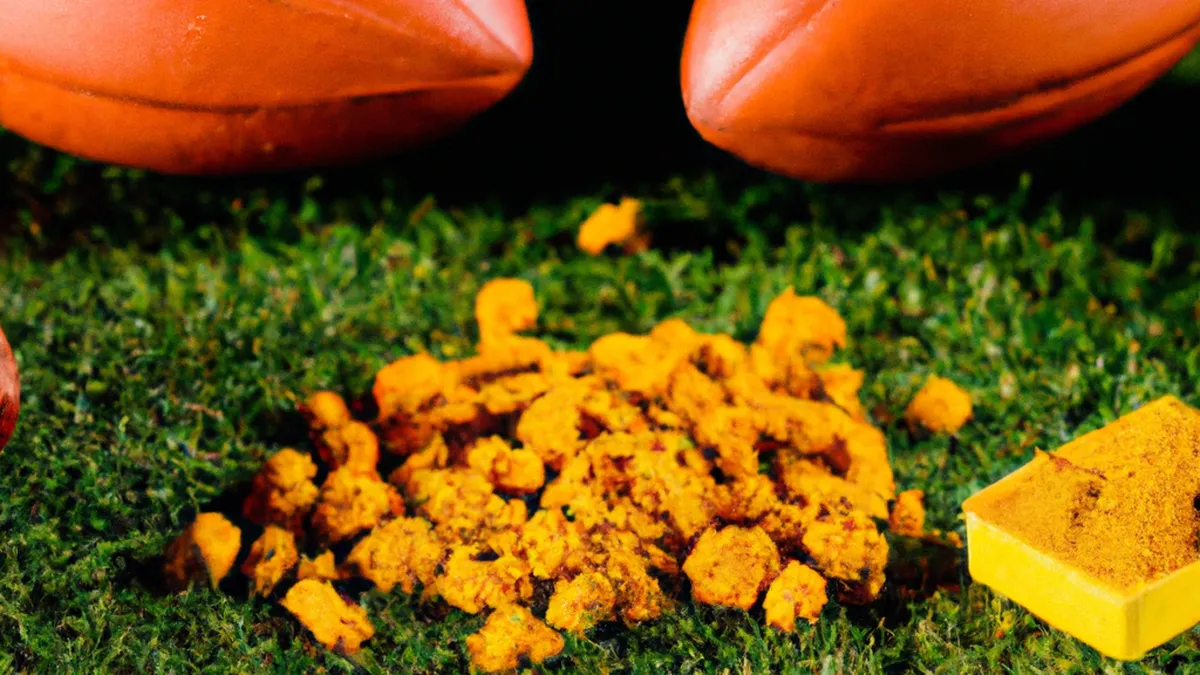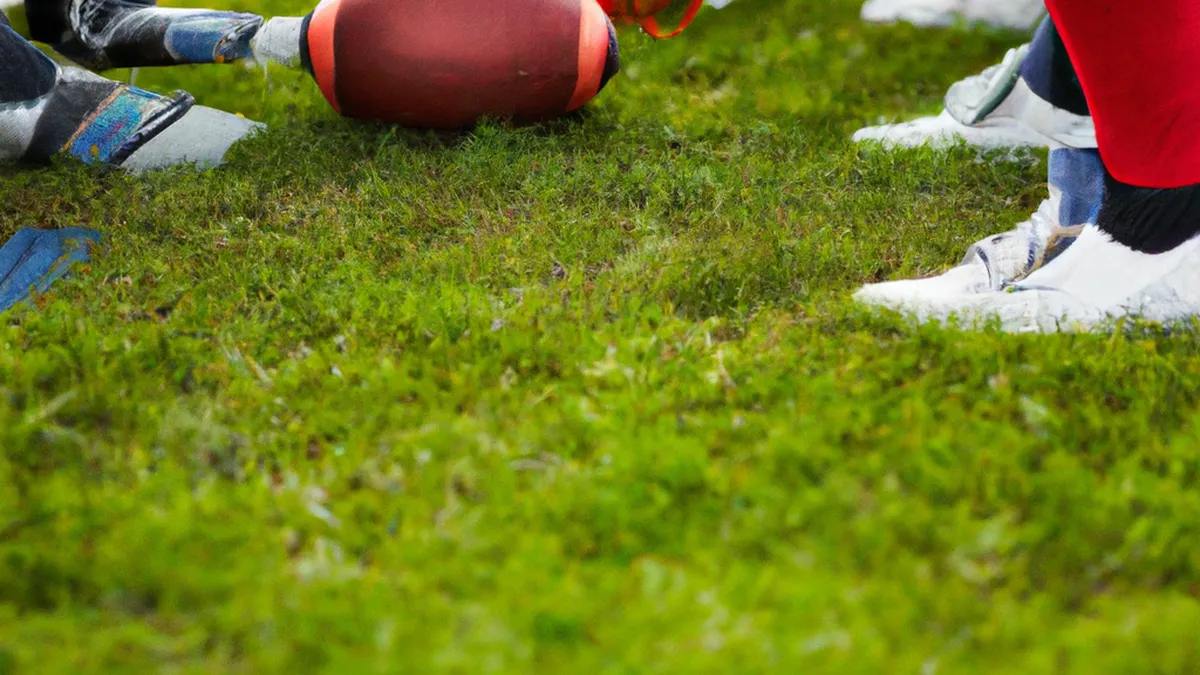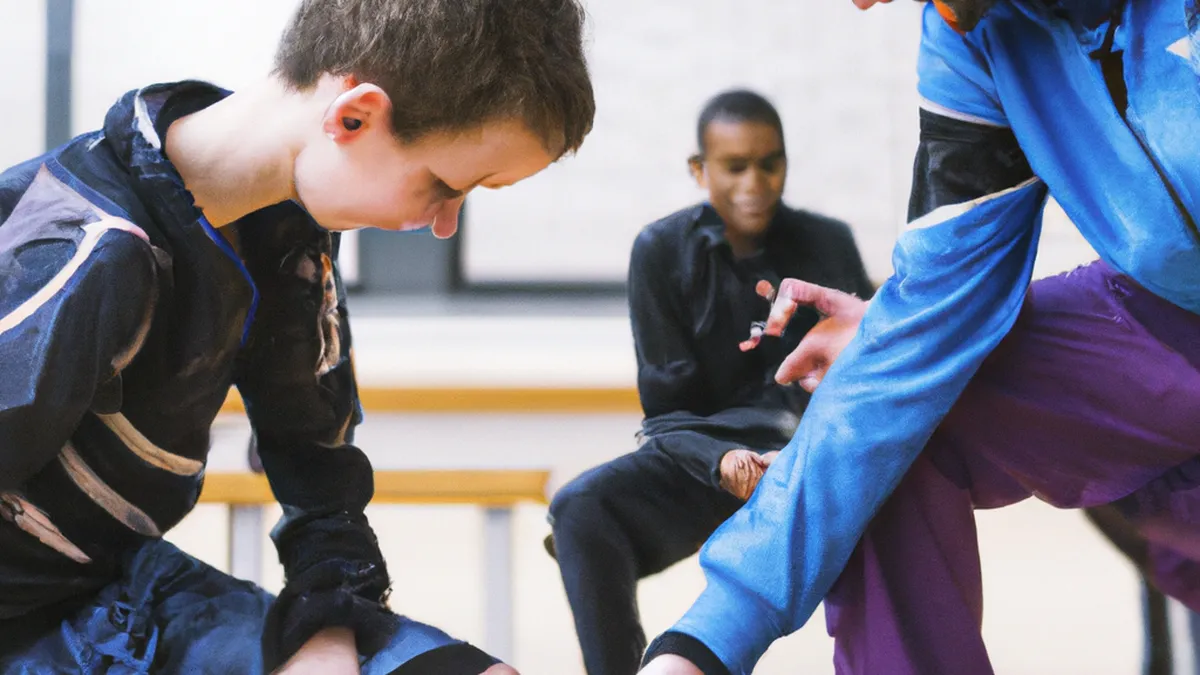Warrior Women: Injury Insights for Players
Addressing Injury Risks for Female PlayersFemale athletes face unique challenges that impact their performance and well-being. These challenges arise from physical differences and social factors. Addressing injury risks enhances athletic performance and ensures long-term health for female athletes. This post offers practical tips for injury prevention, expert advice, and highlights the benefits of proactive injury management.
Understanding Injury Risks
Injuries disrupt an athlete’s career and affect both physical and mental health. Research shows that female athletes experience different injuries compared to male athletes. For example, women are more susceptible to anterior cruciate ligament (ACL) injuries and ankle sprains. Hormonal fluctuations influence muscle strength, ligament elasticity, and coordination, making injury prevention vital for female players.
Common Injuries in Female Athletes
1. **Anterior Cruciate Ligament (ACL) Injuries** ACL injuries rank among the most common and serious for female athletes. Women face two to ten times higher risk than men. Anatomical differences, such as wider hips and altered knee alignment, contribute to this discrepancy.2. **Patellar Tendonitis** Commonly known as “jumper’s knee,” patellar tendonitis affects female athletes, particularly in jumping sports like basketball and volleyball. Early intervention is crucial to prevent chronic knee pain and maintain training and competition effectiveness.3. **Stress Fractures** Runners and dancers face heightened risks for stress fractures. Inadequate nutrition, especially low calcium and vitamin D intake, increases this risk. Insufficient recovery between training sessions also contributes to these injuries.
Factors Contributing to Injury Risks
Anatomical differences cause higher injury rates in female athletes. Wider hips and joint laxity lead to altered biomechanics during movement. Societal pressures may result in inadequate training or conditioning, as expectations vary for female athletes. Understanding these factors helps coaches and trainers develop effective injury prevention strategies.
Tips for Preventing Injuries
As an Amazon Associate I earn from qualifying purchases.
Gear tip: consider football, receiver gloves, and mouthguard to support this topic.
Injury prevention requires a multifaceted approach. Female athletes can implement several practical tips to reduce injury risks:
Strength Training
Incorporating strength training into an athlete’s routine effectively prevents injuries. Strengthening muscles that support joints, especially around the knees and hips, significantly lowers injury risks. Focus on exercises targeting the quadriceps, hamstrings, and glutes.
Conclusion
In summary, addressing injury risks for female athletes involves understanding unique challenges and implementing effective prevention strategies.
Below are related products based on this post:
FAQ
What are the unique challenges faced by female athletes?
Female athletes encounter distinct challenges that affect their performance and health. These challenges stem from both physical differences, such as anatomical variations, and social factors that influence training and conditioning. Addressing these issues is essential for enhancing athletic performance and ensuring long-term well-being.
What are the most common injuries in female athletes?
Female athletes are particularly susceptible to anterior cruciate ligament (ACL) injuries, patellar tendonitis, and stress fractures. ACL injuries pose a significant risk, with women facing two to ten times higher chances than men. Early intervention in cases like patellar tendonitis is crucial to prevent long-term issues.
How can female athletes prevent injuries?
Injury prevention for female athletes involves a multifaceted approach, with strength training being a key component. Incorporating exercises that strengthen the muscles around the knees and hips can significantly reduce injury risks. Focusing on the quadriceps, hamstrings, and glutes is particularly effective in enhancing stability and support during athletic activities.















Post Comment